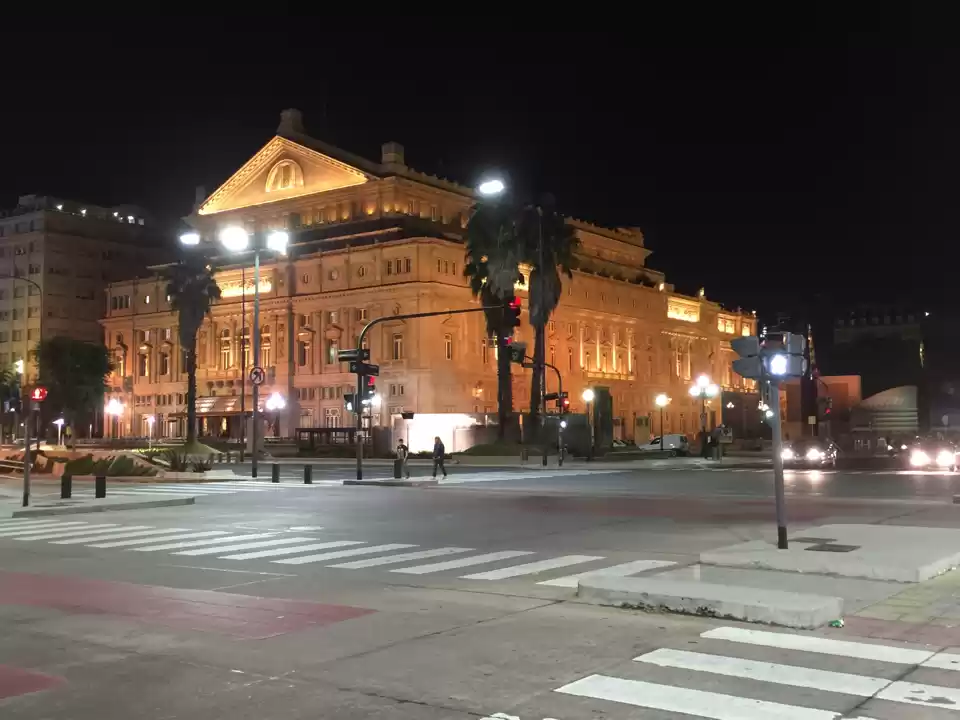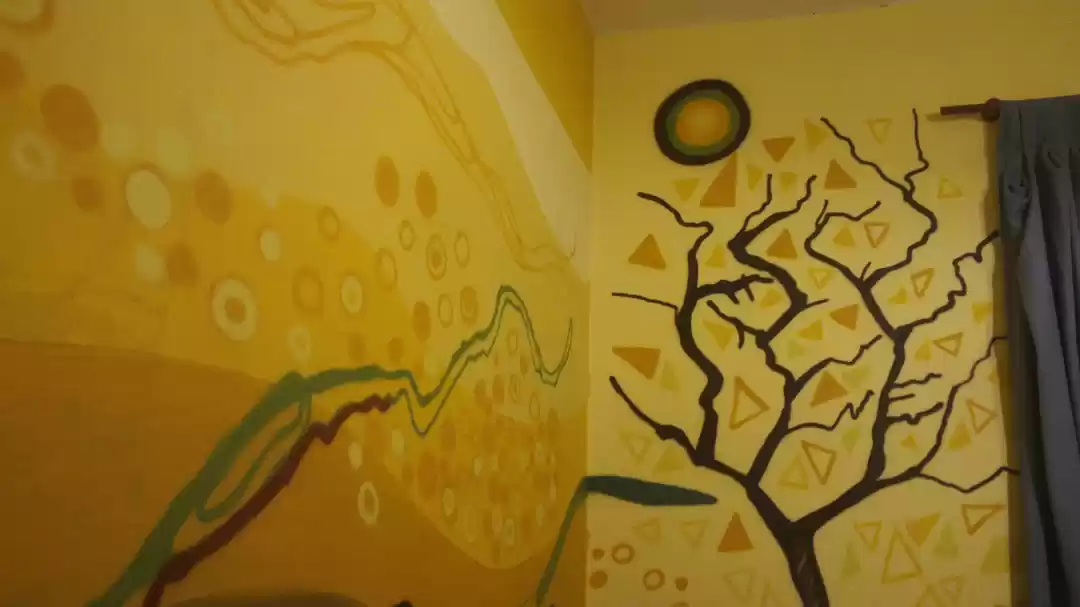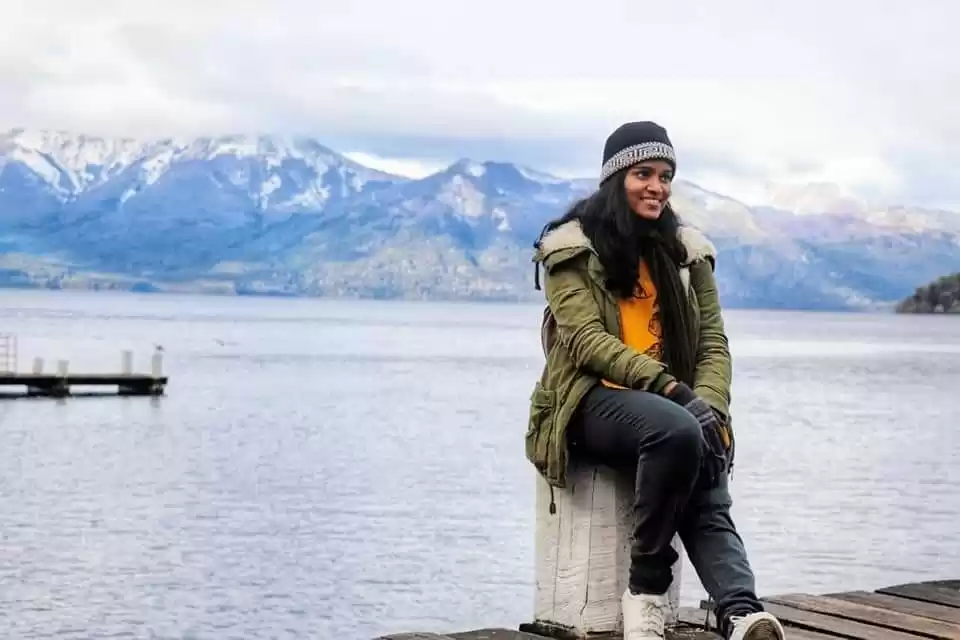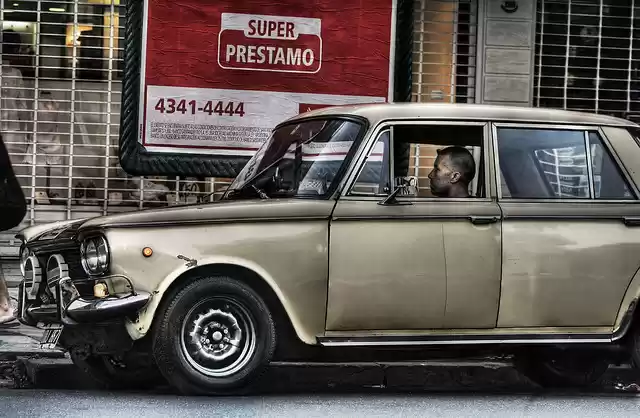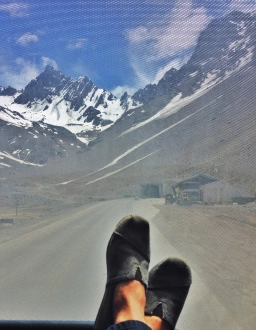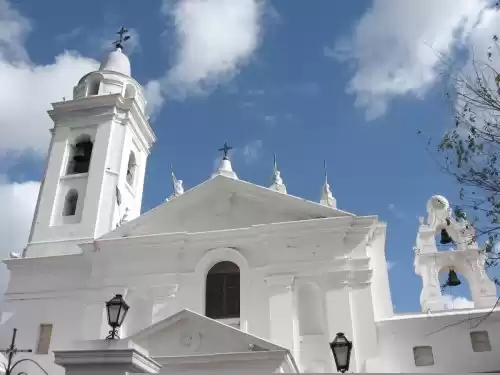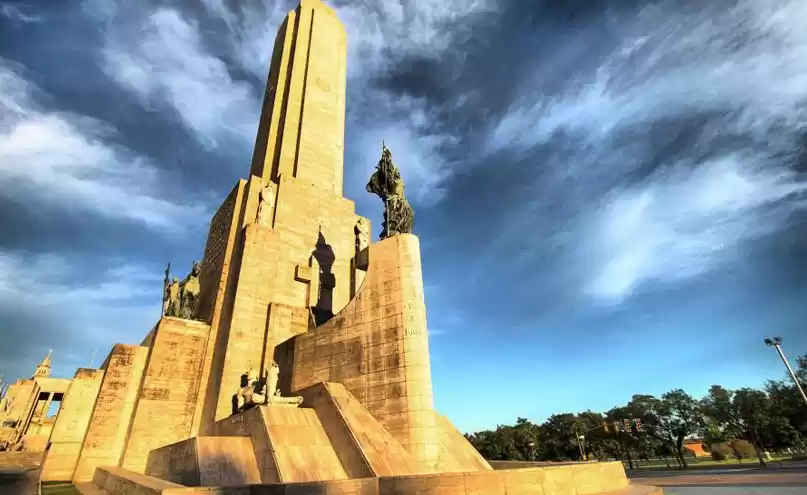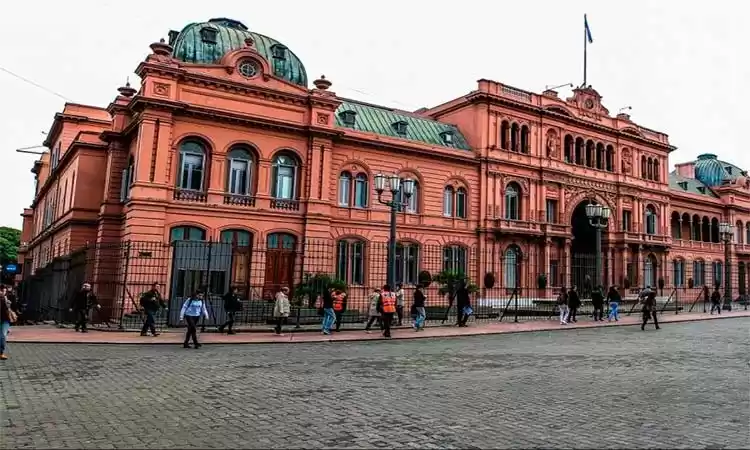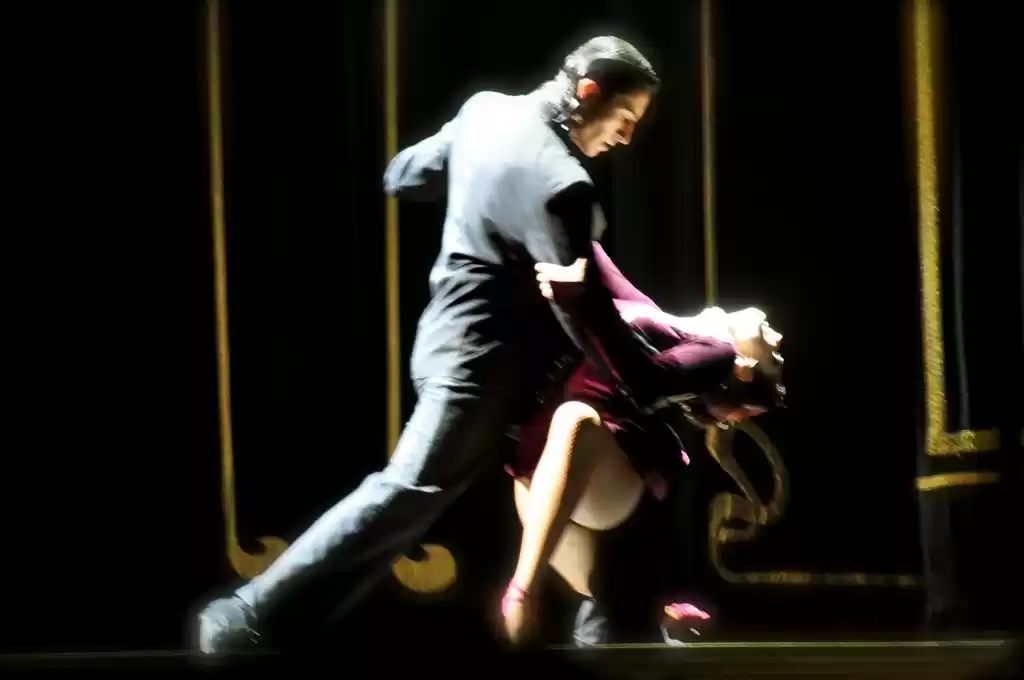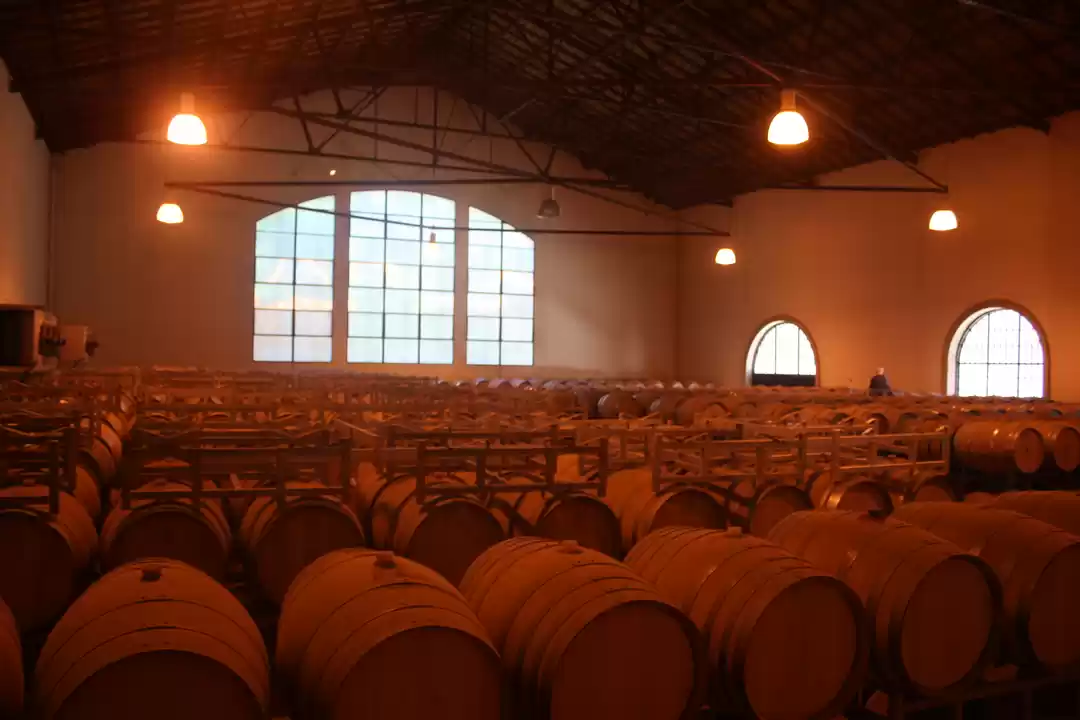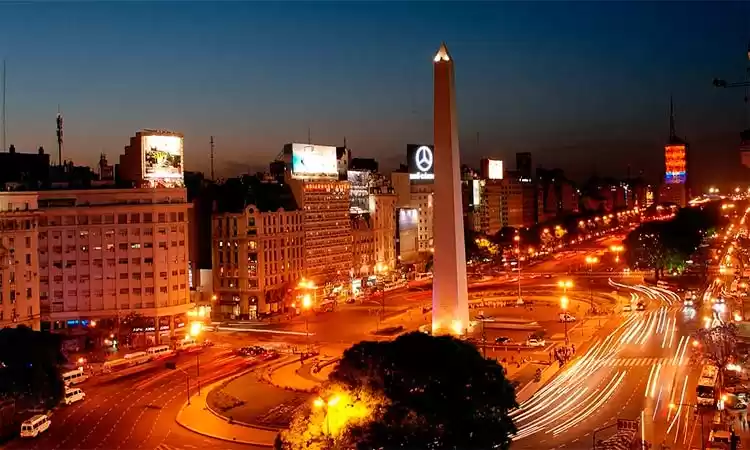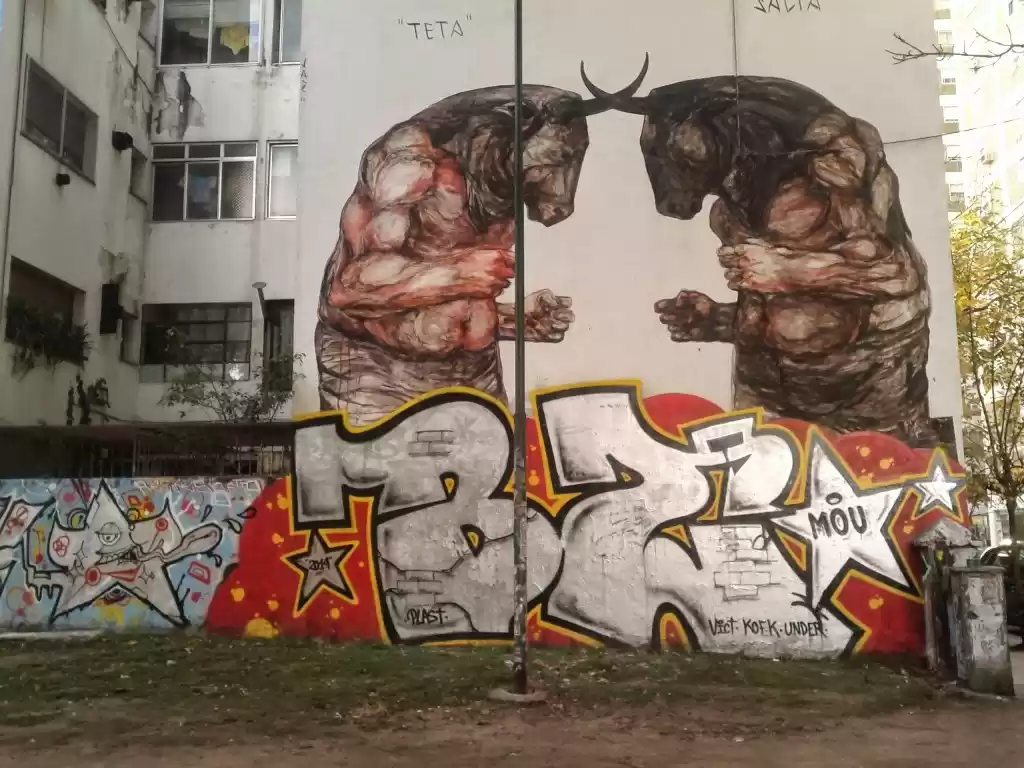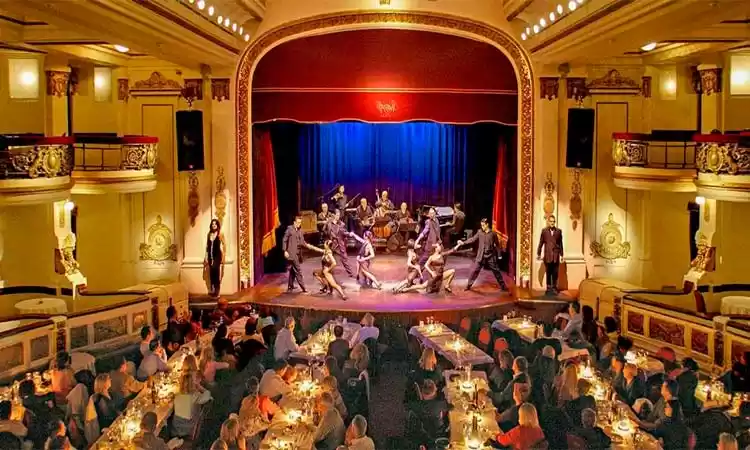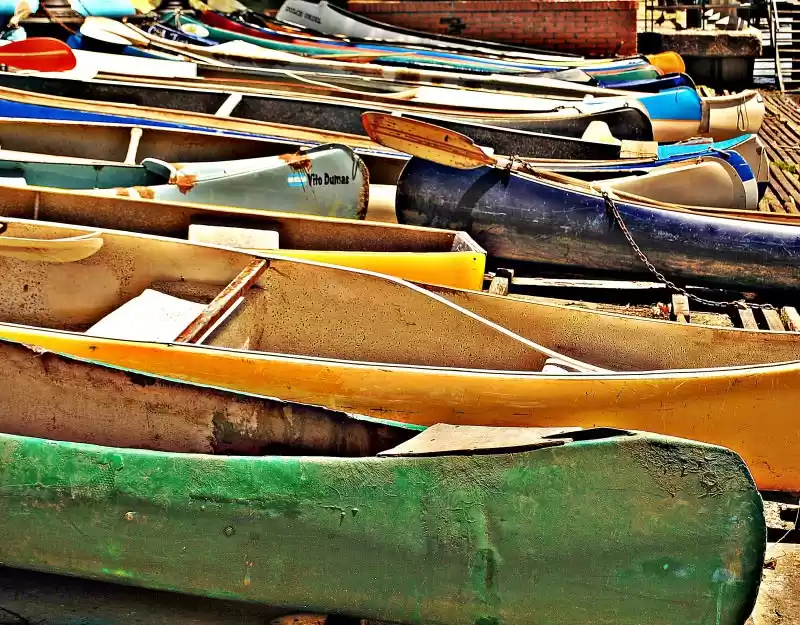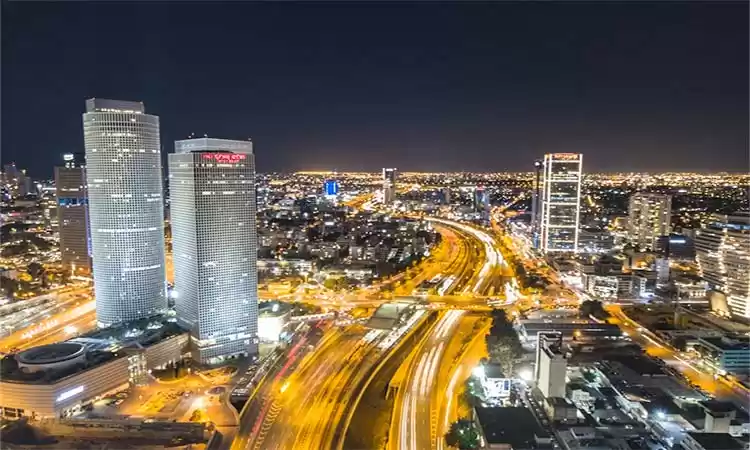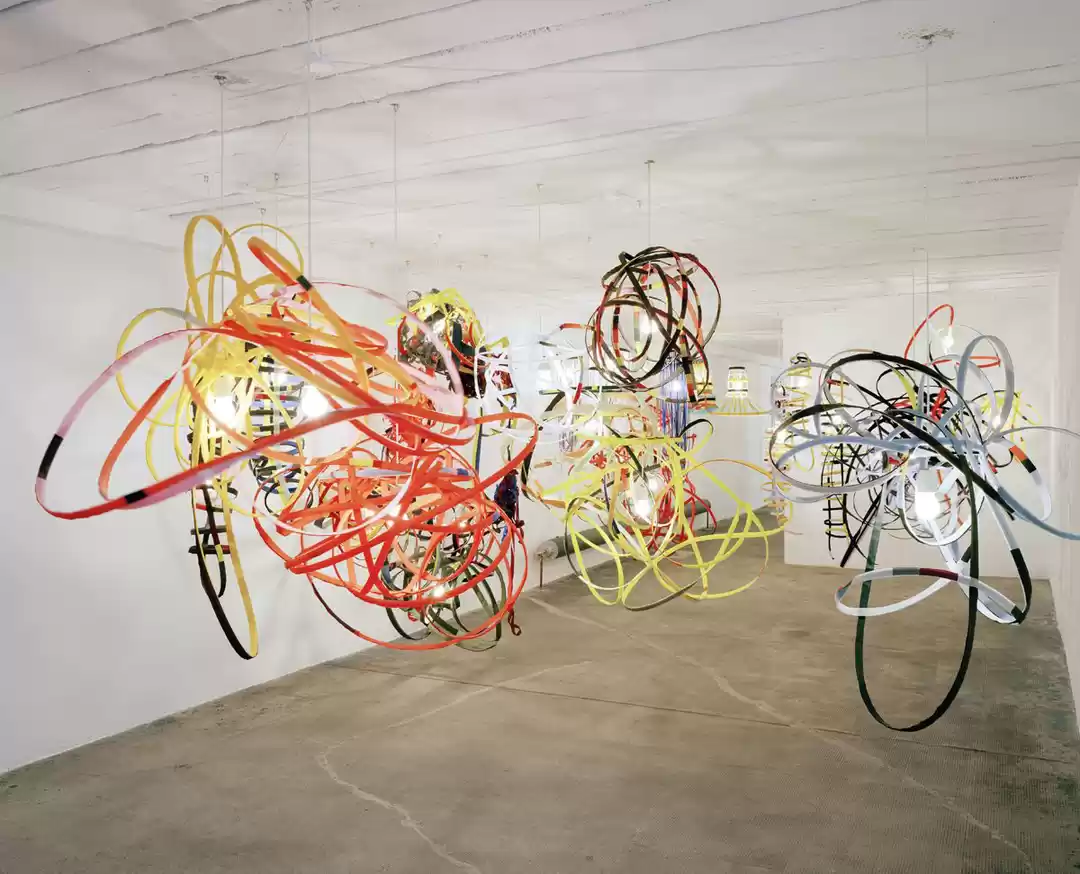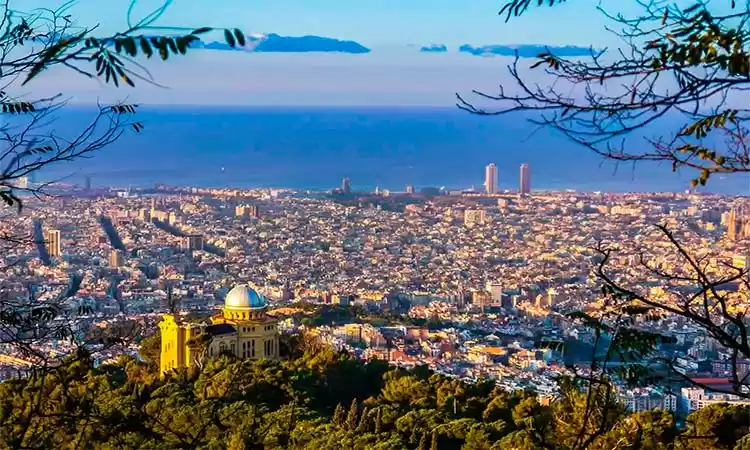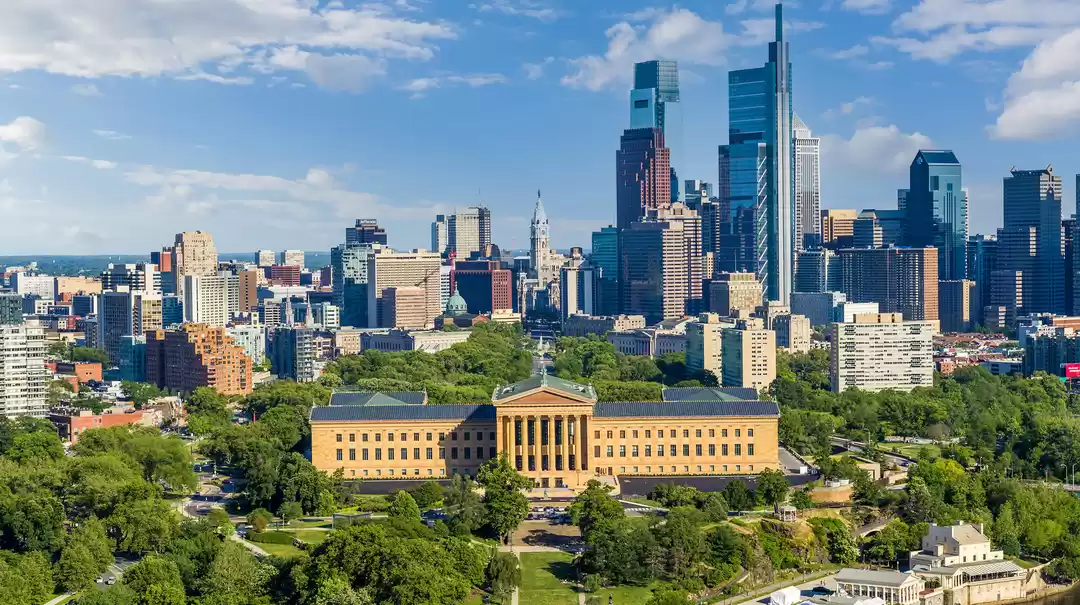Buenos Aires, the vibrant capital of Argentina, is a city that lives and breathes art. Beyond its rich history, tango rhythms, and delectable cuisine, Buenos Aires is renowned for its urban street art scene. In this blog post, we'll delve into the captivating world of urban street art in Buenos Aires, exploring its origins, the diversity of styles and artists, the impact on the city's identity, and the role it plays in shaping urban culture.
The best way to get around Buenos Aires is by rented car, which you can order here - bookingauto.com, and we also recommend visiting one of the car excursions here - cityplanet.org

The Origins: Art Born from Turmoil
The roots of Buenos Aires' street art movement can be traced back to the late 20th century when Argentina was grappling with political unrest and economic instability. In the midst of this turmoil, a generation of artists turned to the streets to voice their discontent, inspire change, and transform the city into an open-air gallery of rebellion. What began as an act of protest soon evolved into a legitimate art form, transcending the underground to become a celebrated part of the city's cultural fabric.

A Kaleidoscope of Styles and Techniques
One of the most remarkable aspects of Buenos Aires' street art is its incredible diversity. From vibrant graffiti tags to intricate, thought-provoking murals, the city's walls serve as a canvas for artists to explore a wide range of styles and techniques. Some artists employ detailed stencils, creating intricate designs that demand a closer look, while others embrace a freer, more spontaneous approach, allowing their creativity to flow unfiltered onto the walls.

The Pioneers: Artists Who Shaped the Scen
Buenos Aires has birthed a host of talented street artists who have left an indelible mark on the city's landscape. Here are a few notable pioneers:
Martin Ron: Renowned for his hyper-realistic murals, Martin Ron's works often feature larger-than-life characters and scenes. His meticulous attention to detail and use of vibrant colors make his art pop amidst the urban backdrop.

Jaz (Franco Fasoli): Jaz's art is a fusion of street art and traditional Argentine art forms. His murals frequently feature characters inspired by Argentine folklore and mythology, creating a unique blend of past and present.
Gualicho: With bold lines and a touch of the surreal, Gualicho's murals are both whimsical and thought-provoking. His art often delves into themes of identity and cultural heritage, challenging viewers to contemplate deeper meanings.
Street Art as a Voice for Social Commentary

Beyond its aesthetic appeal, Buenos Aires' street art serves as a powerful platform for social and political commentary. The city's walls become a medium for artists to express their views on issues such as human rights, gender equality, environmental concerns, and more. These murals aren't just visually striking; they're a reflection of the collective consciousness of Buenos Aires' residents.
Ever-Changing Urban Art

Street art in Buenos Aires is far from static. It's a living, breathing entity that evolves and transforms with each passing day. What graces the walls today may be replaced by new art tomorrow, capturing the ever-changing spirit of the city. While this impermanence might frustrate some, it's also what keeps the art form fresh, exciting, and alive.
Conclusion: Buenos Aires as an Open-Air Art Gallery

Buenos Aires' urban street art scene is a testament to the city's resilience, creativity, and its unwavering commitment to free expression. It's a living, breathing entity that continues to evolve and inspire, transcending the boundaries of traditional art galleries and museums. As you navigate the streets of this captivating city, be sure to keep an eye out for the captivating murals that adorn its walls. These artworks are not just paint and pigment; they're the voices of Buenos Aires, speaking through color, emotion, and boundless creativity. So, the next time you find yourself in Buenos Aires, take a moment to explore this open-air art gallery, where the streets are alive with the spirit of rebellion, and every corner tells a story.


